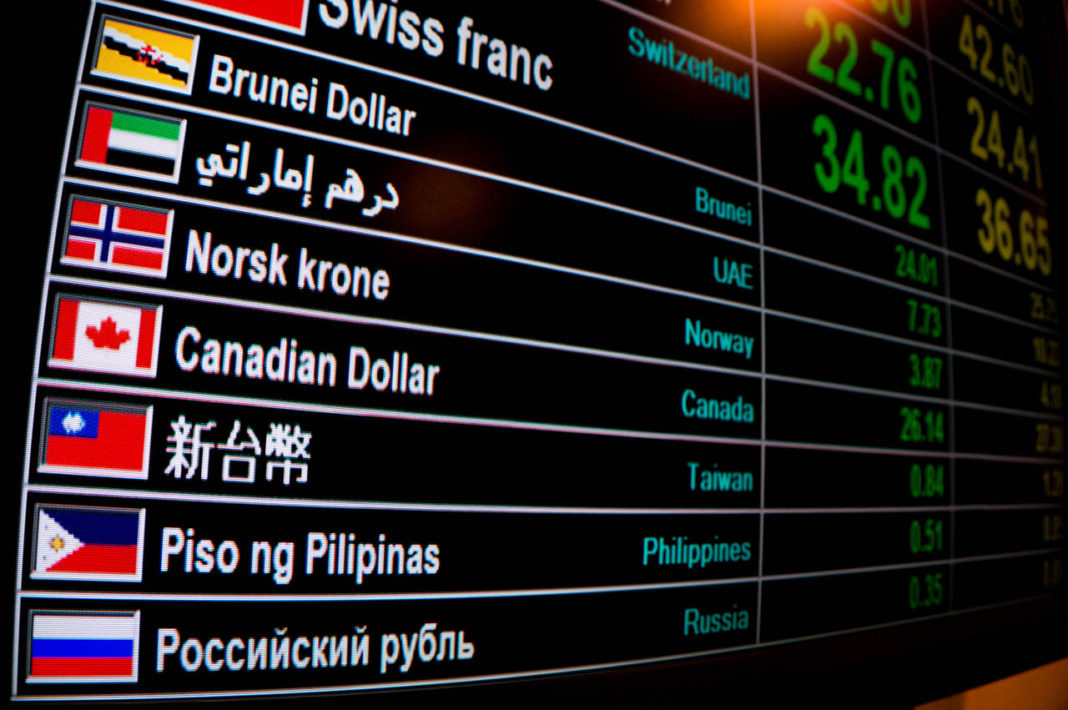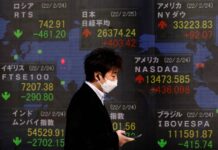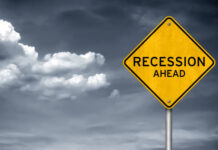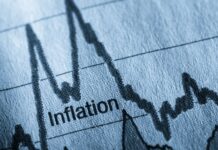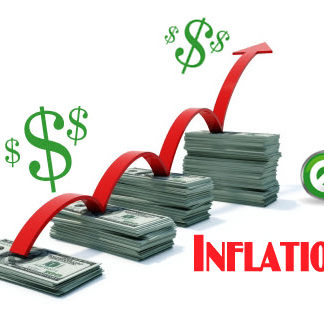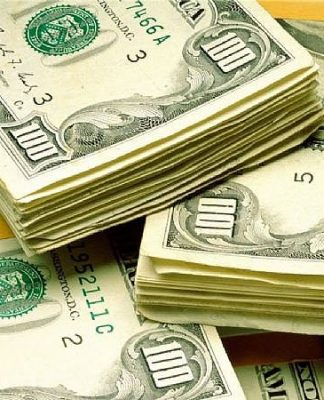A diverse portfolio is often key to financial stability and success. This can mean looking beyond traditional stocks and bonds. Some may look to property, antiques, gold, or other commodities. And then there’s currency trading.
“Foreign exchange trading can be lucrative, but this it can be volatile,” says Richard Cayne of Meyer International. “You must make sure you have the time and make the effort to understand the ins and outs, or you’ll risk losing.”
This article will cover an overview and the basics of FX trading. Others will follow that will delve deeper into different aspects.
According to the Bank for International Settlements’ 2016 Triennial Central Bank Survey of foreign exchange and OTC derivatives markets in 2016, April 2016 saw an average of US$5.1 trillion every day in foreign exchange trades. Once only the domain of institutional investors dealing in huge sums, greater interest and technological advances opened the market up to individuals and smaller transactions.
Unlike other markets for financial instruments, foreign exchange trading occurs over the counter through global networks of traders. There is no centralised system of exchanges like those in the major financial capitals. Due to its decentralised nature, governments find it hard to regulate FX brokers, but jurisdictions do have regulatory bodies that oversee and license involved parties. You will most likely need to deal with a broker at some point in your transaction, you should do a little due diligence beforehand to avoid being defrauded.
Forex trading is basically a contract between a buyer and a seller over a currency pair (e.g. USD/CAD). The first currency is the base currency (normally, the domestic currency), and the second is quoted currency (the foreign currency – normally what is being targeted).
Typically, you will see exchange rates quoted with an ask and a bid price. The bid price is how much a market maker (or broker-dealer) will pay for the currency. The ask is how much they will sell it. The ask is always more than the bid. This difference is the spread, and here is where a lot of currency speculators make their money. It may seem small, but these little amounts add up quickly during an active trading day (which remember can be 24 hours, especially for those using automated systems).
Most retail trades are spot trades. This is when the contract is executed and settled immediately after it is agreed on. But there are also futures and forwards contracts where you can buy or sell a certain currency at a set price at a future date (regardless of what the actually price is at that time). Futures are standardised, sold, and regulated through a commodities exchange and regulator. Forwards are basically the same thing as futures, but they are private contracts that can be drafted with more leniency in their structure.
Since these transactions only rely on the traders’ availability, FX trading goes on 24 hours a day almost every day of the week. That means that it is an incredibly active market, which lends itself to being sensitive to changes, something that can be capitalised on.
“Citigroup conducted a survey in 2014 where they found 84% of retail traders thought they could make money in FX while only 30% could actually make money doing so,” relates Richard. “Even the most seasoned traders run the high risk of loss, so you should be able to handle a lot of risk if this is an investment option you wish to pursue.”
If you want to explore this further, please feel free to contact Richard Cayne at Meyer International

